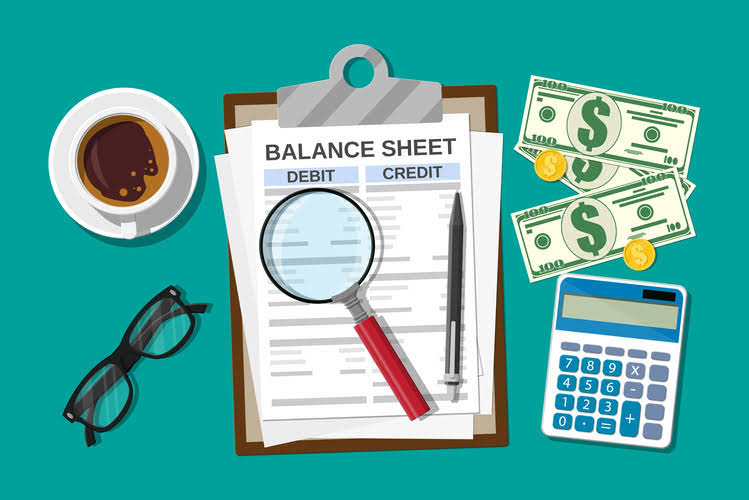

By mastering incremental cost concepts, organizations can make informed choices that drive success. In summary, incremental cost provides a lens through which we evaluate changes, weigh alternatives, and make informed decisions. Whether you’re a manager, investor, or student, mastering this concept enhances your ability to navigate complex scenarios. Ultimately, a thorough understanding of incremental cost empowers businesses to make well-informed decisions that can positively impact their bottom line.
- By carefully managing incremental costs, businesses can enhance their efficiency, profitability, and competitive edge.
- Incremental cost specifically tells business owners about the worthiness of allocating additional resources for a new production volume.
- This means the cost of production to make one shirt is at $10 in your normal production capacity.
- By understanding the incremental cost, businesses can determine the optimal quantity to produce or the most profitable pricing strategy.
- In the realm of entrepreneurial ventures, optimizing operational costs is paramount.
- The calculation of incremental cost shows a change in costs as production expands.
- Internal rate of return (IRR) and net present value (NPV) further refine decision-making by comparing potential investments against alternative uses of funds.
Understanding Long Run Incremental Cost (LRIC)
Simultaneously, the incremental benefit includes increased user satisfaction, potential new customers, and competitive advantage. Always consider the relevant factors, time horizon, and assumptions when applying it to real-world scenarios. By incorporating incremental cost into decision-making, we can optimize resource allocation and achieve better outcomes. Remember that incremental cost analysis should consider both short-term and long-term effects. Always weigh incremental costs against potential benefits and align them with your goals. It can be of interest to determine the incremental change in cost in a number of situations.


What is the difference between a differential cost and an incremental cost?


Calculating incremental cost is a crucial aspect when it comes to decision making in various industries. It allows businesses to assess the impact of a specific action or decision on their overall costs and profitability. By understanding the ledger account incremental cost, organizations can make informed choices that optimize their resources and maximize their financial outcomes.
Incremental Cost vs. Marginal Cost
This guarantees that everything we publish is objective, accurate, and trustworthy. Discover the key financial, operational, and strategic traits that make a company an ideal Leveraged Buyout (LBO) candidate in this comprehensive guide. In the realm of Bookkeeping for Consultants data analysis and business intelligence, seamless data connectivity stands as a…


Limitations of Incremental Costing


In this section, we will delve into the intricacies of comparing benefits and costs, providing insights from various perspectives. Suppose the retail chain estimates that the online platform will generate an additional $100,000 in annual revenue. The incremental cost of $20,000 seems justified given the potential benefits.


Also, fixed costs can be difficult to attribute to any one business segment. The marginal cost is the change in total cost that comes from making or producing one additional item. Alternatively, once incremental costs exceed incremental revenue for a incremental cost unit, the company takes a loss for each item produced.
